Exploring the Past to Understand the Present
The Enduring Value of Heritage Sites for Young Minds
A Guest Blog by Joseph Parker, Content Strategist joseph.parker.consultant@gmail.com
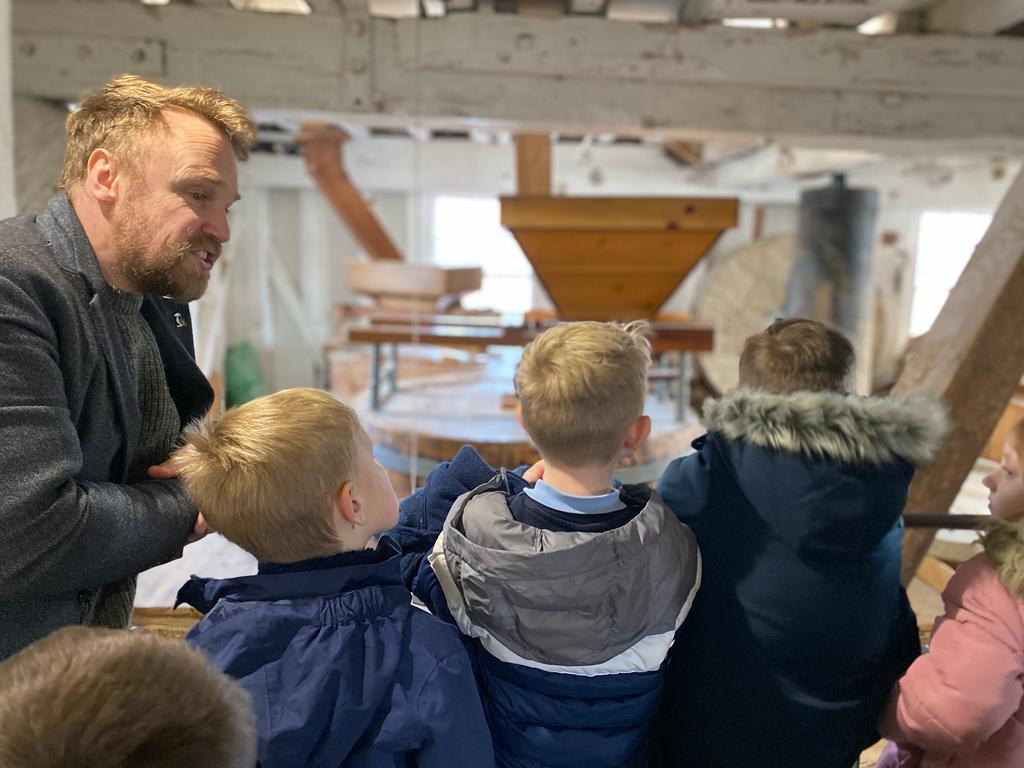
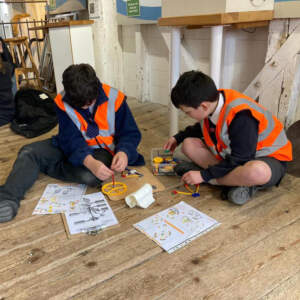 In an era increasingly dominated by screens and fast-paced experiences, there is something refreshingly grounding about a visit to a heritage site. Places like traditional working mills, historic houses, and local museums offer a sensory connection to the past that textbooks alone cannot replicate. These venues don’t just preserve the artefacts of yesteryear – they actively foster curiosity, reflection, and an understanding of how our communities have evolved.
In an era increasingly dominated by screens and fast-paced experiences, there is something refreshingly grounding about a visit to a heritage site. Places like traditional working mills, historic houses, and local museums offer a sensory connection to the past that textbooks alone cannot replicate. These venues don’t just preserve the artefacts of yesteryear – they actively foster curiosity, reflection, and an understanding of how our communities have evolved.
Among the most rewarding aspects of heritage engagement is its impact on the younger generation. Children and teenagers, with their boundless questions and natural wonder, often leave such visits with a greater appreciation for history and their place within it. Whether it’s the creak of a centuries-old floorboard or the hum of a millstone grinding grain, these experiences help bring history to life in a way that is tactile, memorable, and meaningful.
It’s no surprise, then, that school trips to heritage destinations remain a cornerstone of British education. They provide pupils with a chance to step beyond the confines of the classroom and immerse themselves in the living past. Far from being a mere break in routine, these visits often align directly with national curriculum goals, blending hands-on learning with cultural insight. The impact of witnessing machinery in motion or trying period-appropriate tasks can last far longer than a slideshow or worksheet.
Learning with All the Senses
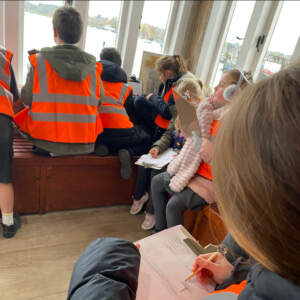 One of the main strengths of heritage education lies in its multisensory appeal. When children walk into a working mill or climb narrow staircases once trodden by 18th-century labourers, they begin to form a tangible relationship with history. It’s no longer an abstract concept. It’s something they can smell, hear, and touch.
One of the main strengths of heritage education lies in its multisensory appeal. When children walk into a working mill or climb narrow staircases once trodden by 18th-century labourers, they begin to form a tangible relationship with history. It’s no longer an abstract concept. It’s something they can smell, hear, and touch.
For younger children especially, the physicality of these spaces is vital. Handling traditional tools, watching demonstrations of bread-making, or simply listening to the rhythmic churn of waterwheels creates learning that sticks. These moments act as narrative hooks that help students recall historical concepts later on.
Moreover, many heritage centres work hard to accommodate learners with different needs and abilities. This includes interactive exhibits, workshops designed for different key stages, and trained educators who know how to engage both the curious and the cautious. As a result, pupils of all backgrounds can find a way into the story being told.
A Sense of Place and Community
There is also a broader value in visiting local heritage sites, especially for those in nearby towns or rural communities. Understanding how one’s own region contributed to national history can instil a deeper sense of identity and pride. A small mill or old blacksmith’s forge may seem unremarkable to passers-by, but to those who learn its story, it becomes a symbol of ingenuity, endurance, and local craftsmanship.
These visits also open up discussions around sustainability, labour history, and the evolution of industries. As pupils learn about grain production, transport systems, or the use of tidal power, they begin to draw connections to modern issues like climate change, food security, and renewable energy. This kind of cross-disciplinary learning adds richness to what may initially appear to be a niche field trip.
Making Heritage Accessible for the Future
Of course, none of this learning can happen without ongoing support for heritage institutions. Many rely on donations, volunteers, and partnerships to survive. By welcoming school groups and engaging with educational 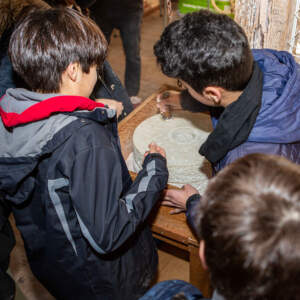 programmes, these sites not only secure income but also ensure that the next generation values their existence.
programmes, these sites not only secure income but also ensure that the next generation values their existence.
This responsibility doesn’t lie solely with schools or site staff. Families, local authorities, and cultural organisations all play a role in nurturing a culture where heritage is seen as accessible, relevant, and enjoyable. Encouraging young people to ask questions, record observations, or revisit places outside of term time helps reinforce the importance of these experiences.
As digital technologies continue to shape how we learn and interact with history, there is still – and perhaps more than ever – a need for real-world encounters. Seeing the mechanisms of a mill in motion, feeling the cool stone of a centuries-old foundation, or hearing stories passed down through generations anchors history in the physical world. It reminds us that the past is not distant; it’s all around us, waiting to be discovered anew.
Conclusion: Nurturing a Lifelong Connection
Visiting heritage sites as a child can be a quiet catalyst for a lifelong interest in the world. These are more than educational excursions – they’re memory-making opportunities that spark imagination and inquiry. For young people growing up in a rapidly changing world, such visits offer not only historical knowledge but a valuable sense of continuity.
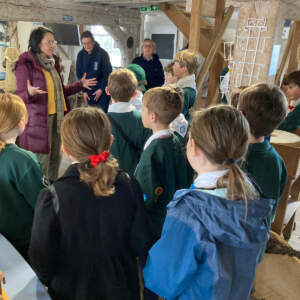 Whether it’s the crunch of grain underfoot or the echo of old stories in timbered halls, these places continue to offer something unique and irreplaceable. The more we invest in helping young people connect with them, the more we ensure that our shared history is not only preserved but understood, appreciated, and carried forward with care.
Whether it’s the crunch of grain underfoot or the echo of old stories in timbered halls, these places continue to offer something unique and irreplaceable. The more we invest in helping young people connect with them, the more we ensure that our shared history is not only preserved but understood, appreciated, and carried forward with care.
In an era increasingly dominated by screens and fast-paced experiences, there is something refreshingly grounding about a visit to a heritage site. Places like traditional working mills, historic houses, and local museums offer a sensory connection to the past that textbooks alone cannot replicate. These venues don’t just preserve the artefacts of yesteryear – they actively foster curiosity, reflection, and an understanding of how our communities have evolved.
Among the most rewarding aspects of heritage engagement is its impact on the younger generation. Children and teenagers, with their boundless questions and natural wonder, often leave such visits with a greater appreciation for history and their place within it. Whether it’s the creak of a centuries-old floorboard or the hum of a millstone grinding grain, these experiences help bring history to life in a way that is tactile, memorable, and meaningful.
It’s no surprise, then, that school trips to heritage destinations remain a cornerstone of British education. They provide pupils with a chance to step beyond the confines of the classroom and immerse themselves in the living past. Far from being a mere break in routine, these visits often align directly with national curriculum goals, blending hands-on learning with cultural insight. The impact of witnessing machinery in motion or trying period-appropriate tasks can last far longer than a slideshow or worksheet.
Learning with All the Senses
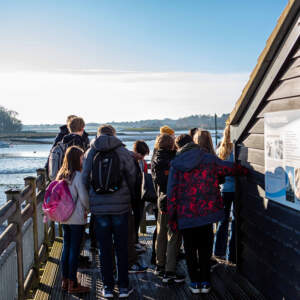 One of the main strengths of heritage education lies in its multisensory appeal. When children walk into a working mill or climb narrow staircases once trodden by 18th-century labourers, they begin to form a tangible relationship with history. It’s no longer an abstract concept. It’s something they can smell, hear, and touch.
One of the main strengths of heritage education lies in its multisensory appeal. When children walk into a working mill or climb narrow staircases once trodden by 18th-century labourers, they begin to form a tangible relationship with history. It’s no longer an abstract concept. It’s something they can smell, hear, and touch.
For younger children especially, the physicality of these spaces is vital. Handling traditional tools, watching demonstrations of bread-making, or simply listening to the rhythmic churn of waterwheels creates learning that sticks. These moments act as narrative hooks that help students recall historical concepts later on.
Moreover, many heritage centres work hard to accommodate learners with different needs and abilities. This includes interactive exhibits, workshops designed for different key stages, and trained educators who know how to engage both the curious and the cautious. As a result, pupils of all backgrounds can find a way into the story being told.
A Sense of Place and Community
There is also a broader value in visiting local heritage sites, especially for those in nearby towns or rural communities. Understanding how one’s own region contributed to national history can instil a deeper sense of identity and pride. A small mill or old blacksmith’s forge may seem unremarkable to passers-by, but to those who learn its story, it becomes a symbol of ingenuity, endurance, and local craftsmanship.
These visits also open up discussions around sustainability, labour history, and the evolution of industries. As pupils learn about grain production, transport systems, or the use of tidal power, they begin to draw connections to modern issues like climate change, food security, and renewable energy. This kind of cross-disciplinary learning adds richness to what may initially appear to be a niche field trip.
Making Heritage Accessible for the Future
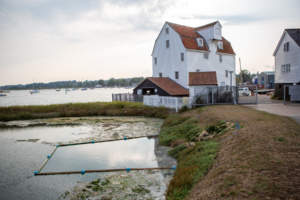 Of course, none of this learning can happen without ongoing support for heritage institutions. Many rely on donations, volunteers, and partnerships to survive. By welcoming school groups and engaging with educational programmes, these sites not only secure income but also ensure that the next generation values their existence.
Of course, none of this learning can happen without ongoing support for heritage institutions. Many rely on donations, volunteers, and partnerships to survive. By welcoming school groups and engaging with educational programmes, these sites not only secure income but also ensure that the next generation values their existence.
This responsibility doesn’t lie solely with schools or site staff. Families, local authorities, and cultural organisations all play a role in nurturing a culture where heritage is seen as accessible, relevant, and enjoyable. Encouraging young people to ask questions, record observations, or revisit places outside of term time helps reinforce the importance of these experiences.
As digital technologies continue to shape how we learn and interact with history, there is still – and perhaps more than ever – a need for real-world encounters. Seeing the mechanisms of a mill in motion, feeling the cool stone of a centuries-old foundation, or hearing stories passed down through generations anchors history in the physical world. It reminds us that the past is not distant; it’s all around us, waiting to be discovered anew.
Conclusion: Nurturing a Lifelong Connection
Vis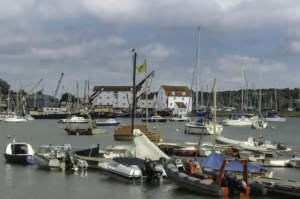 iting heritage sites as a child can be a quiet catalyst for a lifelong interest in the world. These are more than educational excursions – they’re memory-making opportunities that spark imagination and inquiry. For young people growing up in a rapidly changing world, such visits offer not only historical knowledge but a valuable sense of continuity.
iting heritage sites as a child can be a quiet catalyst for a lifelong interest in the world. These are more than educational excursions – they’re memory-making opportunities that spark imagination and inquiry. For young people growing up in a rapidly changing world, such visits offer not only historical knowledge but a valuable sense of continuity.
Whether it’s the crunch of grain underfoot or the echo of old stories in timbered halls, these places continue to offer something unique and irreplaceable. The more we invest in helping young people connect with them, the more we ensure that our shared history is not only preserved but understood, appreciated, and carried forward with care.
